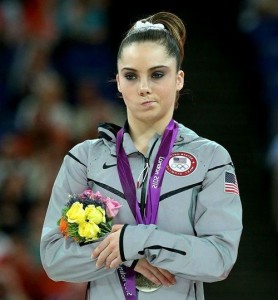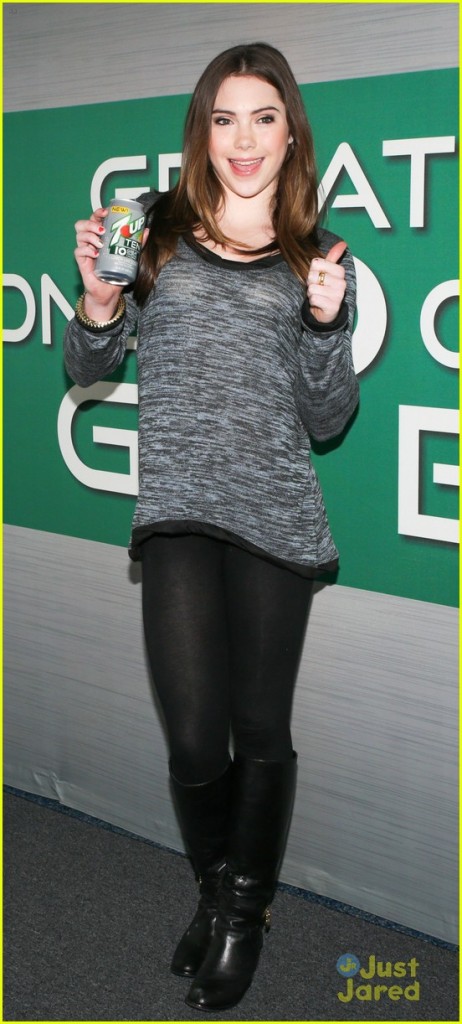My team decided to analyze BlackBerry through the marketing assignments we were tasked with doing this semester in COMM 296, and I could not be happier with our choice! The current situation with BlackBerry is very interesting as the company is trying to turn itself around in order to once again become a profitable organization. While we were working our assignments, BlackBerry was actually releasing its device that was tasked with reviving the company, the Z10. Actively following how this story progressed in the news made the assignments a lot more interesting because given that they were releasing a new product, my team was able to see clearly how BlackBerry was marketing to its consumers and positioning itself.
My team decided to specifically analyze the Indonesian youth segment for our final project. We decided to choose this target market because Indonesia has been coined the “BlackBerry nation” as the company has been extremely successful there, and we felt that we could relate to the youth segment given that we were young adults ourselves. In addition, we did not feel that BlackBerry’s window of opportunity in North America was large enough for the company to focus on targeting in order to have a sustainable advantage going forward. I personally feel this way because the North American smartphone market has become saturated as Androids and iPhones have completely taken over.





